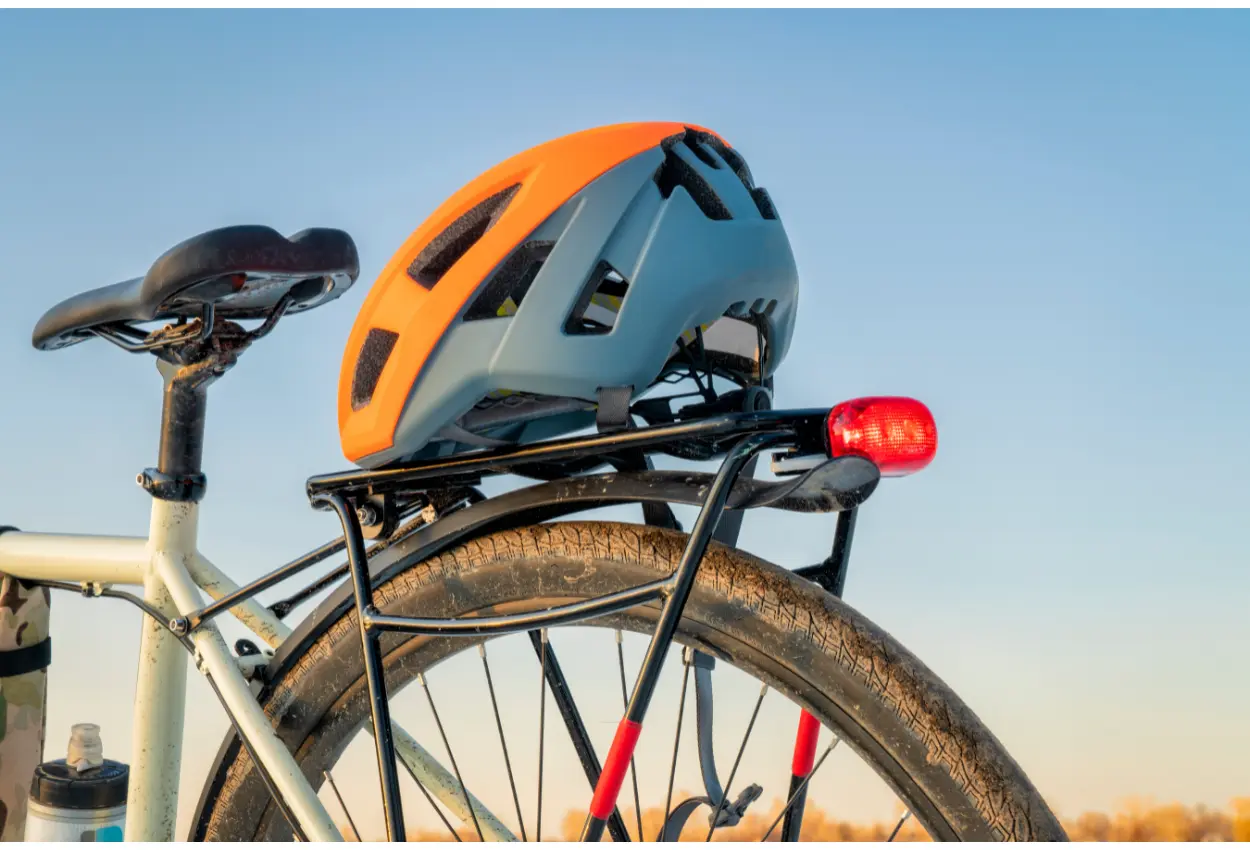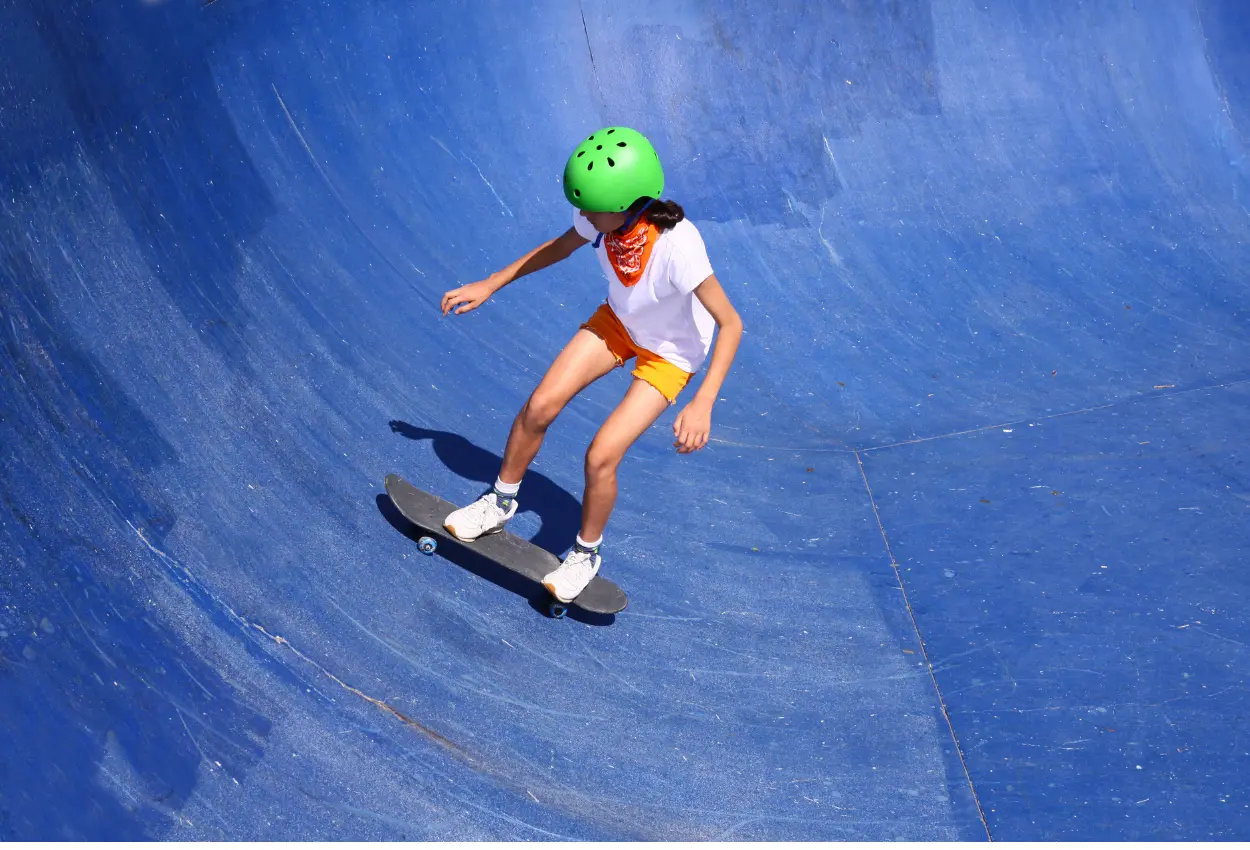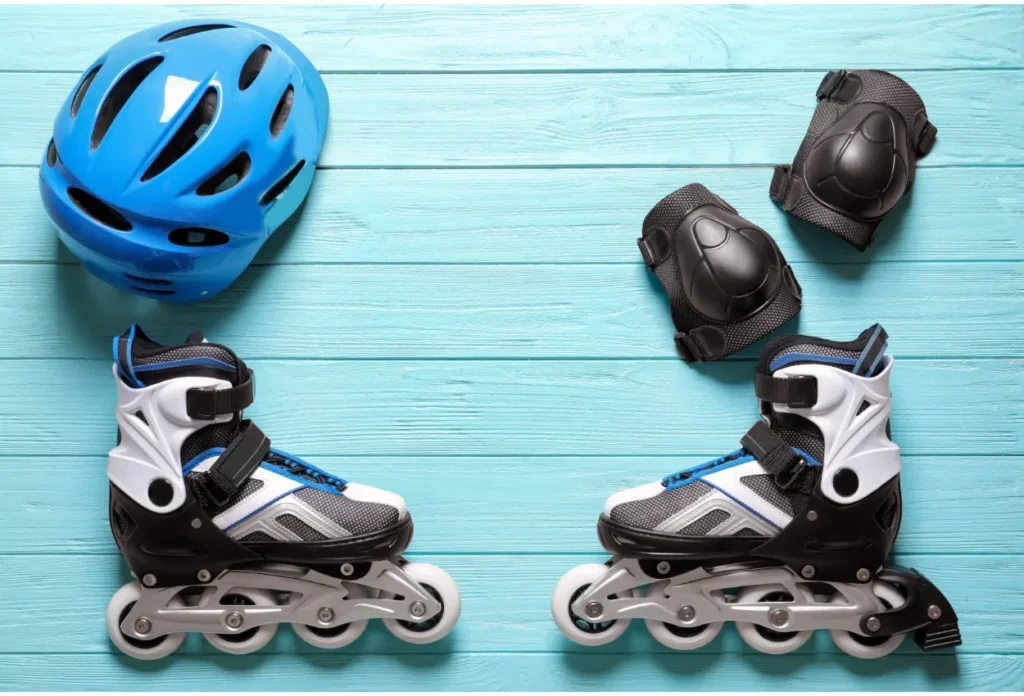Are you looking for a helmet to protect your head while riding your bike or skateboard? If so, you might be wondering what the difference is between a bicycle helmet and a skateboard helmet. After all, they both look similar and serve the same purpose, right?
Well, not exactly. While both types of helmets are designed to prevent head injuries, they have different features, standards, and benefits that you should know before you buy one. In this article, we will compare and contrast bicycle helmets and skateboard helmets, and help you choose the best one for your needs.
We will cover the following topics:
- The main differences between bicycle helmets and skateboard helmets
- The pros and cons of each type of helmet
- The safety standards and certifications for each type of helmet
- The best brands and models of bicycle helmets and skateboard helmets
- The tips and tricks for finding the right fit and style for your helmet
By the end of this article, you will have a clear understanding of the differences between bicycle helmets and skateboard helmets, and you will be able to make an informed decision on which one to buy. So, let’s get started!
The Main Differences Between Bicycle Helmets and Skateboard Helmets
There are several differences between bike and skate helmets. The biggest difference is that skate helmets are designed to withstand multiple impacts, where bicycle helmets are designed to withstand one impact. This is because bicycle helmets have foam that is designed to compress upon impact. And this makes sense. Skaters practicing tricks will take a lot of falls, where cyclists aren’t expected to take any. Here are some other key differences between skate and bike helmets.


Bike helmets:
- Single impact; designed to protect your head by compressing the foam upon impact
- Are more aerodynamic
- Designed to have better ventilation
Skate Helmets:
- Multi-impact, as they’re designed to withstand the typical range of skateboarding falls and crashes
- Cover the back of the head, as riders tend to fall backward
- Generally considered more stylish
But besides these differences, there’s also a lot of similarities. Both helmets are often designed from the same elements, have removable liners, and are often adjustable in similar ways.
The Difference In Head Coverage Between Bike And Skate Helmets
One of the key differences in helmets is the shape. You might be thinking that bike helmets are more aerodynamic. While this is technically true, studies show it has little effect in non-race environments. So is there a practical reason why skate and bike helmets are shaped differently? There sure is.
Helmets for road-bikes typically don’t cover the lower back of the head. This is because riders don’t often fall backward off the bike. During a crash, a biker is much more likely to continue moving forward due to momentum than fall backward. However, helmets for BMX and mountain bikes provide protection that will cover the back of the head and the full face. Jumping and moving over uneven terrain at high speed requires more protection as falls can happen in any direction.
Likewise, skate helmets typically protect the lower part of the back of the head because skaters are likely to fall off backward. Skate helmets also have a lower profile that protects the ears and temples, which are common areas of injury for skaters.
The Differences In Style: Bike Helmets vs. Skate Helmets
While safety should be your main priority when selecting a helmet, style does play an important role. I totally get that people want to look and feel good when biking or skating. A helmet becomes part of your style.
Bike helmets come in various shapes, colors, and designs. You can find helmets that match your bike, your outfit, or your personality. Some bike helmets also have visors that can add some flair and functionality to your look. However, bike helmets are generally more conservative and less flashy than skate helmets.
Skate helmets are often more colorful, creative, and expressive than bike helmets. You can find skate helmets with graphics, logos, stickers, or even custom paint jobs. Some skate helmets also have ear flaps, chin straps, or mohawks that can make you stand out from the crowd. However, skate helmets are generally less comfortable and breathable than bike helmets.
The Safety Standards and Certifications for Each Type of Helmet
Skate helmets and bike helmets need to meet different safety standards. Skateboarding helmets typically meet the ASTM F1492 or CPSC safety standards, which focus on high-impact resistance, penetration resistance, and multi-impact protection. Biking helmets, on the other hand, must meet the CPSC safety standard or other international standards such as EN1078, which emphasize impact protection, ventilation, and aerodynamics.
When buying a helmet, you should always check the label or the sticker inside the helmet to see if it meets the relevant safety standards for your activity. You should also look for the certification of independent organizations such as Snell or ANSI, which test and verify the quality and performance of helmets.
The Best Brands and Models of Bicycle Helmets and Skateboard Helmets
There are many brands and models of bicycle helmets and skateboard helmets on the market, but not all of them are created equal. Some helmets are more durable, comfortable, and stylish than others. Here are some of the best brands and models of bicycle helmets and skateboard helmets that you can consider:
Bicycle Helmets:
- Giro: Giro is one of the most popular and trusted brands of bicycle helmets. They offer a wide range of helmets for different types of cycling, such as road, mountain, urban, and recreational. Some of their best-selling models include the Giro Syntax MIPS, the Giro Agilis MIPS, and the Giro Fixture MIPS.
- Bell: Bell is another leading brand of bicycle helmets. They have been making helmets since 1954 and have a reputation for innovation and quality. Some of their top-rated models include the Bell Formula MIPS, the Bell Z20 MIPS, and the Bell Super 3R MIPS.
- Kask: Kask is a premium brand of bicycle helmets that combines Italian design and craftsmanship with cutting-edge technology. They are known for their sleek and elegant helmets that offer superior comfort and protection. Some of their most popular models include the Kask Protone, the Kask Mojito X, and the Kask Rapido.
Skateboard Helmets:
- Pro-Tec: Pro-Tec is the original skateboard helmet brand. They have been making helmets for skaters since 1973 and have a loyal fan base. They offer a variety of helmets for different styles and levels of skating, such as street, park, vert, and longboard. Some of their best-selling models include the Pro-Tec Classic, the Pro-Tec Full Cut, and the Pro-Tec Ace.
- Triple Eight: Triple Eight is another well-known and respected brand of skateboard helmets. They have been making helmets for skaters since 1996 and have a reputation for quality and durability. Some of their top-rated models include the Triple Eight Dual Certified, the Triple Eight Gotham MIPS, and the Triple Eight Sweatsaver.
- S1: S1 is a premium brand of skateboard helmets that focuses on safety and performance. They have been making helmets for skaters since 1999 and have a patented design that offers superior impact absorption and fit. Some of their most popular models include the S1 Lifer, the S1 Mega Lifer, and the S1 Mini Lifer.
The Tips and Tricks for Finding the Right Fit and Style for Your Helmet
Finding the right fit and style for your helmet is crucial for your safety and comfort. A helmet that is too big, too small, or too loose can compromise your protection and cause discomfort or distraction. A helmet that is too tight, too heavy, or too hot can cause headaches, fatigue, or overheating. Here are some tips and tricks for finding the right fit and style for your helmet:
- Measure your head circumference with a tape measure and compare it with the size chart of the helmet brand or model you are interested in. You should choose the size that is closest to your measurement, but not too tight or too loose.
- Try on the helmet and adjust the straps, buckles, and pads until you get a snug and comfortable fit. The helmet should sit level on your head, covering your forehead and the back of your head. The front edge of the helmet should be about one or two finger-widths above your eyebrows. The straps should form a V-shape under your ears and the buckle should be fastened under your chin. The helmet should not move more than an inch in any direction when you shake your head.
- Choose a helmet that matches your activity, style, and preference. You should pick a helmet that meets the safety standards and provides the coverage and protection you need for your activity. You should also pick a helmet that suits your style and personality. You can choose a helmet that has a color, design, or feature that you like, or you can customize your helmet with stickers, decals, or accessories.
Conclusion
Bicycle helmets and skateboard helmets are not the same. They have different features, standards, and benefits that you should know before you buy one. In this article, we have compared and contrasted bicycle helmets and skateboard helmets, and helped you choose the best one for your needs.
We hope that this article has been informative and helpful for you. Remember, wearing a helmet is not only a smart and responsible choice, but also a fun and stylish one. So, whether you are biking or skating, always wear a helmet and enjoy your ride!

Thanks I have just been looking for information about this subject for a long time and yours is the best Ive discovered till now However what in regards to the bottom line Are you certain in regards to the supply